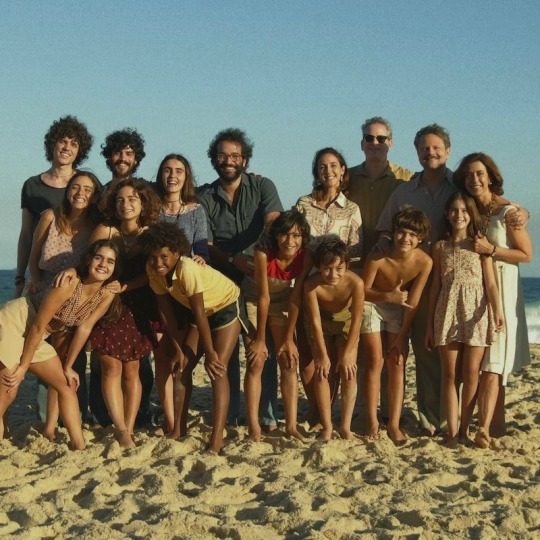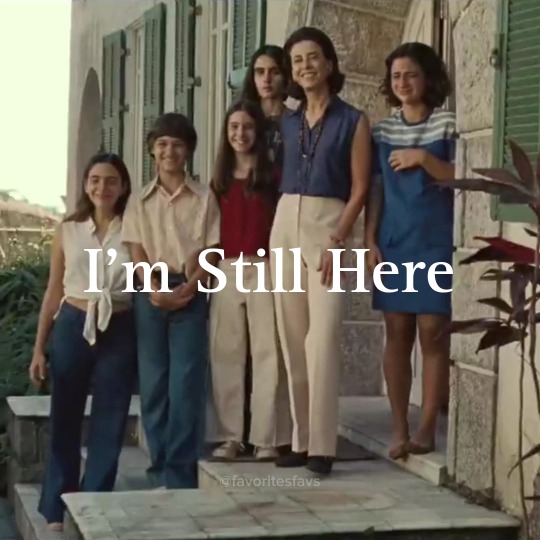Don't wanna be here? Send us removal request.
Text
IT'S ALL A MIRROR
The Law of Assumption and the Holographic Expansion of Self-Awareness in a Reflexive CoAt the interstice of ontological inquiry and metaphysical phenomenology lies a principle so elegantly subversive it is often mistaken for simplicity: consciousness is assumption made manifest. The so-called Law of Assumption is not a psychological gimmick, nor is it reducible to mere wishful thinking. Rather, it operates as a fundamental metaphysical syntax—a self-referential command embedded within the architecture of awareness itself.

To assume is not to pretend, but to instantiate. Every assumption is a vibrational archetype encoded within the subjective field, exerting causal pressure upon the morphogenetic lattice of experience. In this sense, the assumption is a metaphysical act of authorship: a silent ontological decree that reconfigures not merely what we perceive, but what we are. For perception is never passive—it is participation with the energetic imprint of the state of being we inhabit.
One does not “have” consciousness; one is a nexus of consciousness assuming itself into particular form. Every “I am” statement, whether verbalized or internalized, activates a trajectory of identity. These identities are not illusions—they are real within their respective vibrational bandwidths. To assume a state is to open a portal to a parallel probability stream in which that identity is not only true but inevitable. Thus, expansion of consciousness is not an addition of knowledge, but a migration of being.
Yet the labyrinth deepens when we consider the fractal nature of reality: we do not merely create ourselves; we co-create the "others" we perceive. Consciousness is not encapsulated—it is entangled. The “external world” is a mirror-realm, populated not with objective others but with reflections of our own internal suppositions projected outward. Every relationship is a feedback loop of internal narratives, and every interaction is the echo of a self-perceived identity.
Herein lies the paradox of individuation within collectivity: we imitate others not through mimicry, but through energetic concordance. The patterns we perceive in others are resonant frequencies of our own assumed identity. When we observe the behaviors, limitations, or triumphs of others, and adopt them as part of our experiential canon, it is because we have tacitly assumed they are relevant—and by doing so, we collapse them into our own field. The so-called “consensus reality” is nothing more than the overlapping assumptions of entangled consciousnesses participating in a shared narrative field.
The Law of Assumption, therefore, is not solipsistic, but holographic. In every “other,” we are encountering a version of the self made visible—filtered through the lens of expectation, belief, and identity. If we presume betrayal, we summon betrayers; if we presume lack, we materialize scarcity; and if we presume sovereignty, we reconfigure the field accordingly.
To truly expand consciousness is not to transcend the self, but to take radical authorship of it—to recognize that the self is not a static “thing” but an oscillating event, a perpetual becoming shaped by recursive loops of assumption. The self does not merely live within a world; the self is the world in microcosmic recursion.
Thus, all change begins not in action, but in ontological alignment. The world does not change because we do things differently; it changes because we assume differently. And assumption, when sustained, crystallizes as fate.
Let me know if you'd like this text transformed into a spoken-word script, academic paper, or woven with mythological or religious symbolism for even deeper resonance.
0 notes









